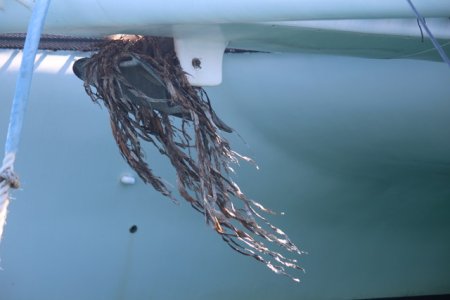Chris_Robb
Well-Known Member
I had a Manson Supreme, which I found very good, but not much good on thick weed. If you got it to set without dragging at all you could get a good set, however I think the substructure of the weed base is very weak.Once again we must disagree. In my experience the Spade is far superior in weed. The Rocna doesn't compare. Have you used a Spade in the seagrass we have here in the Caribbean? It may be local thing to the Caribbean but the Spade never fails to deliver and has never dragged in weed, once set. We often power set at full revs in reverse.
I found that if it ever dragged, it choked itself with weed, thus preventing it totally from resetting. You had to start again from scratch.
If still sailing, I would by an anchor without a role bar as this what I think causes it the choke in weed. But it would not be a plow type as in strong winds anchored stern too, I have seen these migrate on a steady progress across the bottom, where as the Manson, but itself in out of sight

